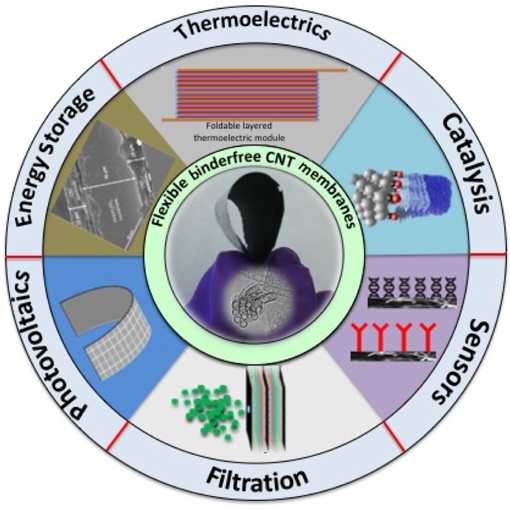Crossref Citations
This article has been cited by the following publications. This list is generated based on data provided by Crossref.
Zhang, Yong
Liu, Siqi
Koh, J. Justin
and
He, Chaobin
2021.
Construction of a hierarchical multiscale conducting network for enhanced thermoelectric response in organic PEDOT:PSS based nanocomposites.
Journal of Materiomics,
Vol. 7,
Issue. 1,
p.
34.
Amadi, Eberechukwu Victoria
Venkataraman, Anusha
and
Papadopoulos, Chris
2022.
Nanoscale self-assembly: concepts, applications and challenges.
Nanotechnology,
Vol. 33,
Issue. 13,
p.
132001.
Arya, Nitika
Chandran, Yadu
Luhar, Bhumit
Kajal, Priyanka
Powar, Satvasheel
and
Balakrishnan, Viswanath
2023.
Porosity-Engineered CNT-MoS2 Hybrid Nanostructures for Bipolar Supercapacitor Applications.
ACS Applied Materials & Interfaces,
Vol. 15,
Issue. 29,
p.
34818.


